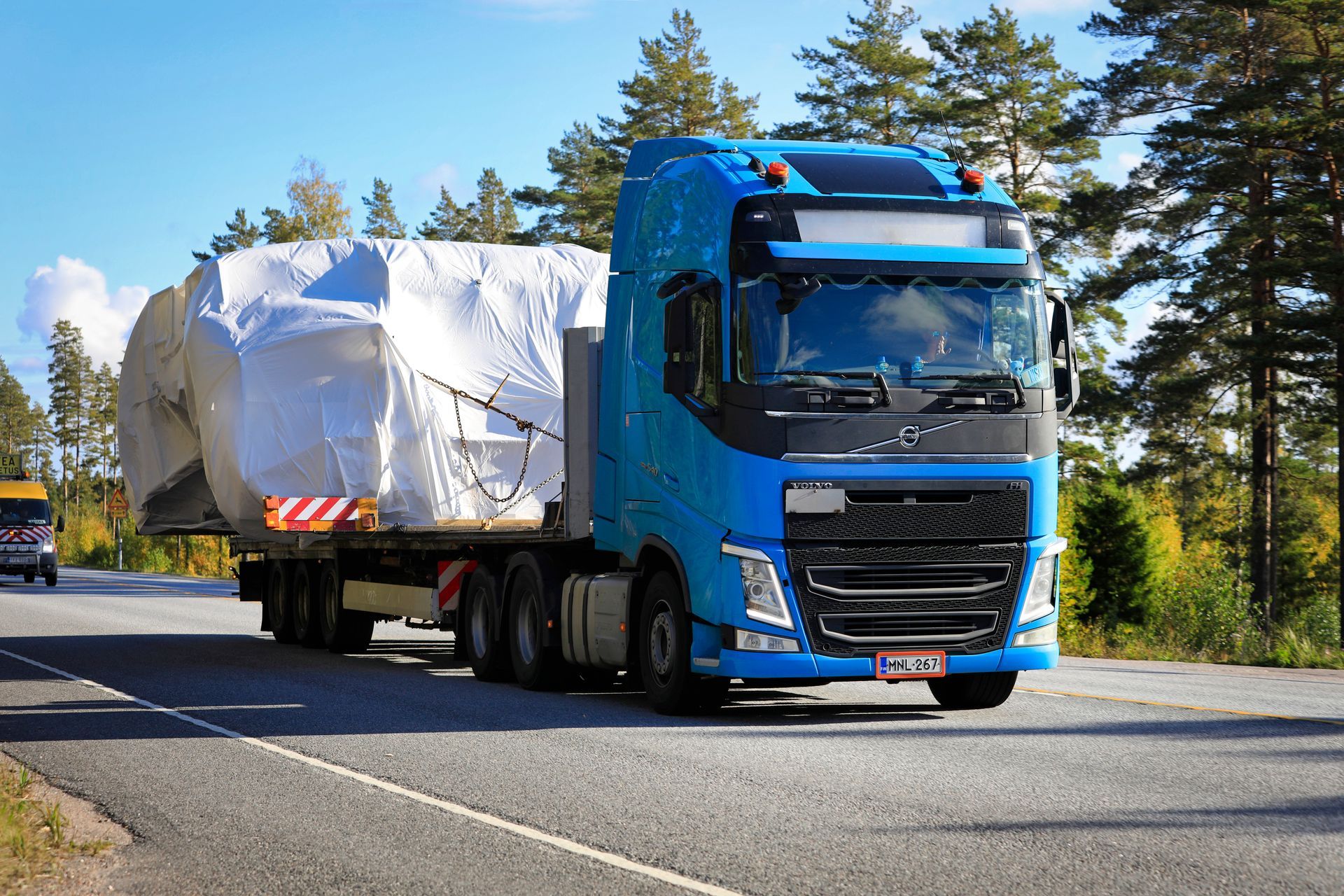What Is Project Cargo?
In essence, project cargo is the freight of oversized or complex cargo. Because of its characteristics, these goods can’t be shipped in conventional containers.
For example, transporting a wind turbine is considered project cargo. It can also be that if the shipment has to be divided into different parts (bulk break).
It’s essential to work with specialists to plan, in detail, each step of the freight project. In the end, you’ll receive proper recommendations about the best way to ship your goods.
How To Ship Bulk Or Big Cargo?
As you know, you use project cargo when you want to ship oversized or excess-weight freight. Due to its complexity, this shipping method requires personalized and dedicated planning.
- It is necessary to work with a team of experts.
- The shipping company must pay close attention to every detail.
- Documenting the load’s dimensions.
- Create scale drawings.
- Determine each element’s gravity center.
- Identify elevation and tractions points.
- Line out the points of force and grip.
This process needs dedicated specialists to make it successful.
To be safe, most project cargo gets maritime or terrestrial freight. For example:
- Ships
- Trains
- Platforms
There are some air options, but they aren’t as common. Project cargo is mostly shipped by water or land. There are different requirements for each medium.
First, you must be aware of the laws and regulations for cargo freight with an excess of dimensions or weight.
Every country, including their territories, have different norms.
Land transportation for project cargo
Generally, project cargo requires modular trucks for land freight.
In short, these platforms are specifically suitable for handling excess-weight or oversized cargo.
To illustrate, these platforms may not have side panels, which facilitates the freight of oversized goods.
Also, some countries may have railway infrastructure for project cargo.
Maritime shipping for project cargo
There are different types of water transportation for project cargo. These are some of the most common:
- Submersible ships (float-on float-off)
- Big loads
- Good stability for heavy loads
- Open deck
- Multipurpose vessels
- Big loads
- Ideal for any cargo
- A very safe cargo bay for containers
- High-capacity cranes
- Barges
- Small loads
- They don’t need a harbor or port
- They need to be towed
Currently, maritime freight is the best way to ship project cargo.
Regardless of how you choose to send your goods, there’s more to it.
Successful project cargo has much planning behind.
How To Plan To Ship Project Cargo
Shipping a particular load of big dimensions or excess weight takes a capable mind behind it.
A good shipping company will always have templates and protocols to expedite your shipping process.
However, beyond the goods, there are some things that only an expert in logistics can identify and solve. A good freight company is always ready.
- Detailed planning
- Contingency plan
- Shipping and tracking
These points ensure a successful shipment. Besides, they’ll save you a lot of time and money, and they reduce risks.
Lastly, you’ll be a step ahead if you ever need a similar shipment. Now, your freight company will have the shipping process documented, and they can speed it up.
Conclusion
Usually, project cargo refers to goods with one or more of these characteristics:
- Excess of dimensions
- Overweight
- It needs to be divided into parts (bulk break)
That’s why it needs specialized freight and customized planning.
Remember, it can be done by land, water, or air. However, air project cargo is not so common.
Learn more about our project cargo services. Our team of experts will be happy to talk with you.
The post What Is Project Cargo? first appeared on LOOPER.
Loopering










